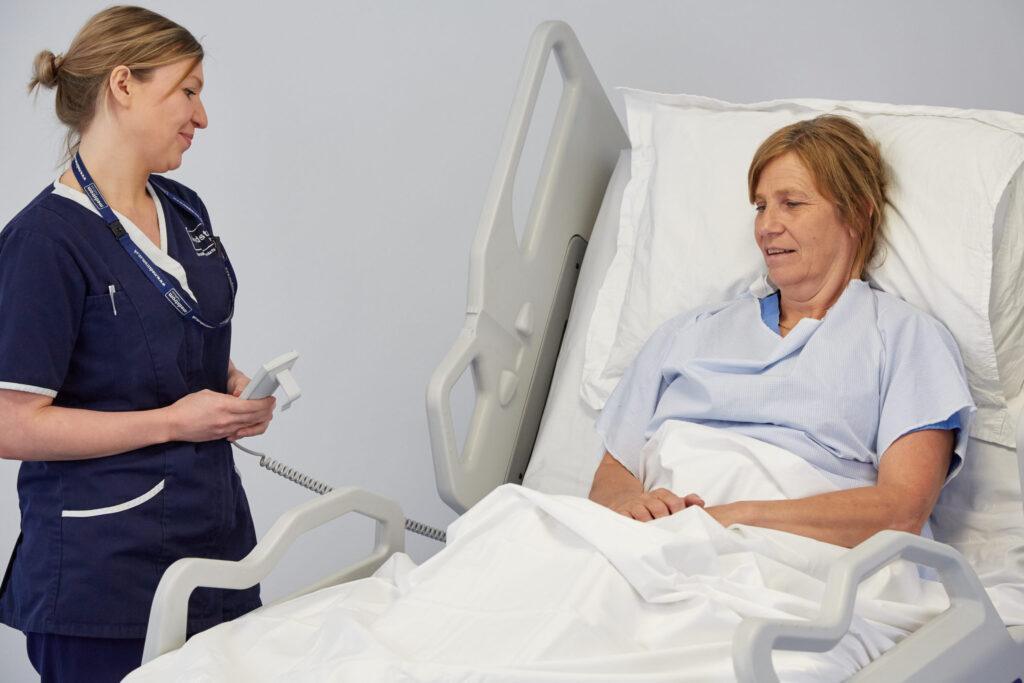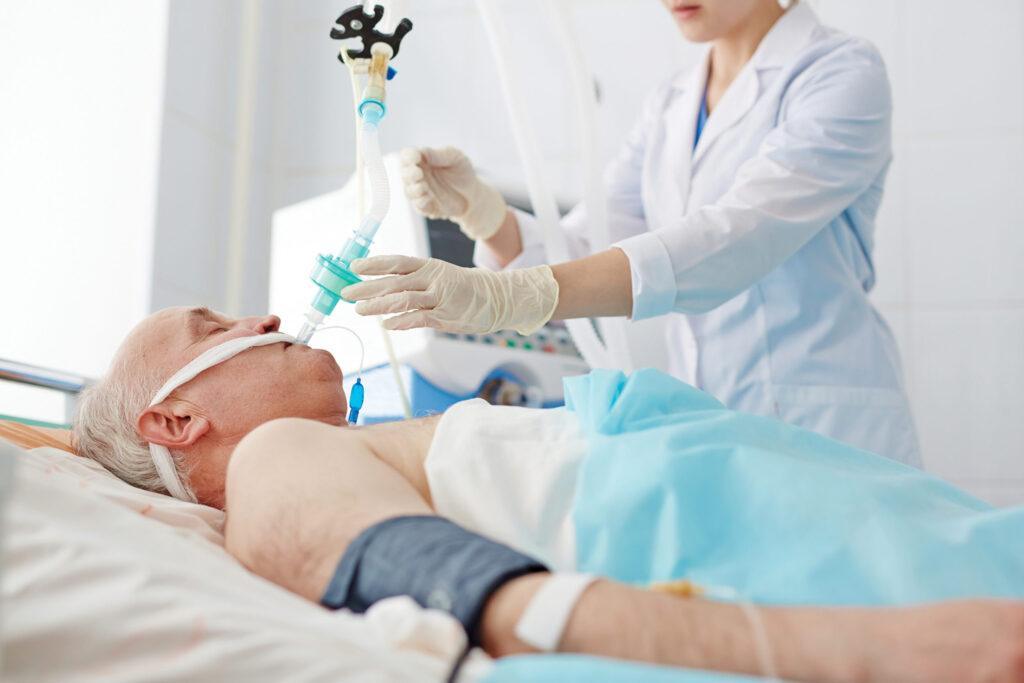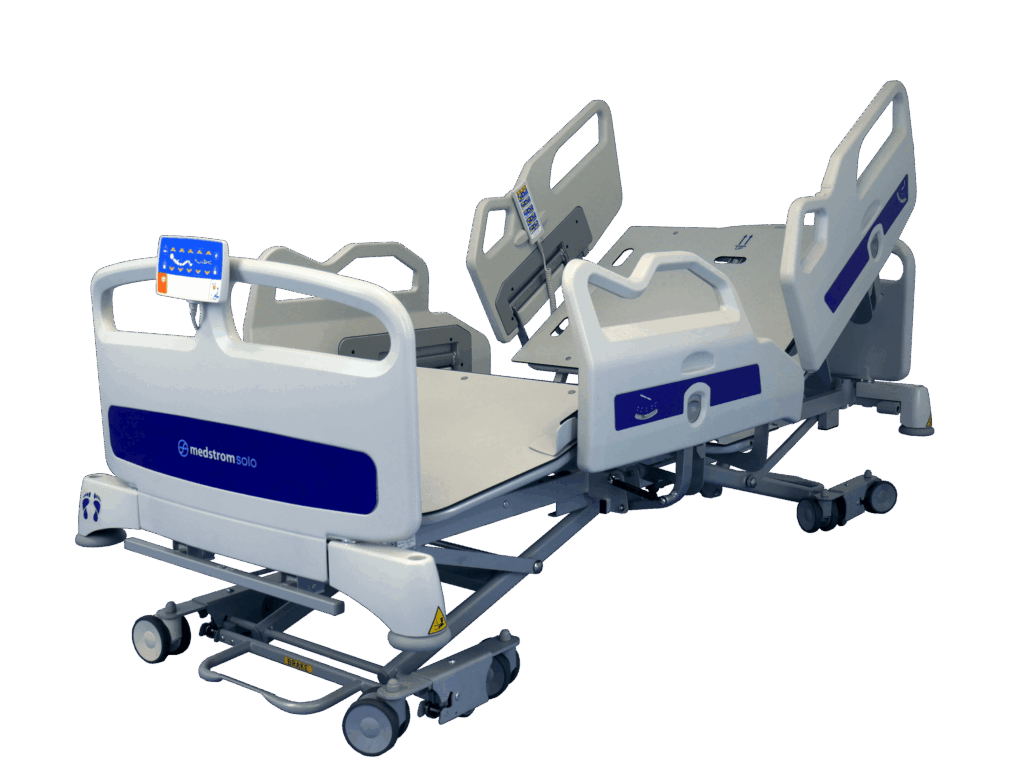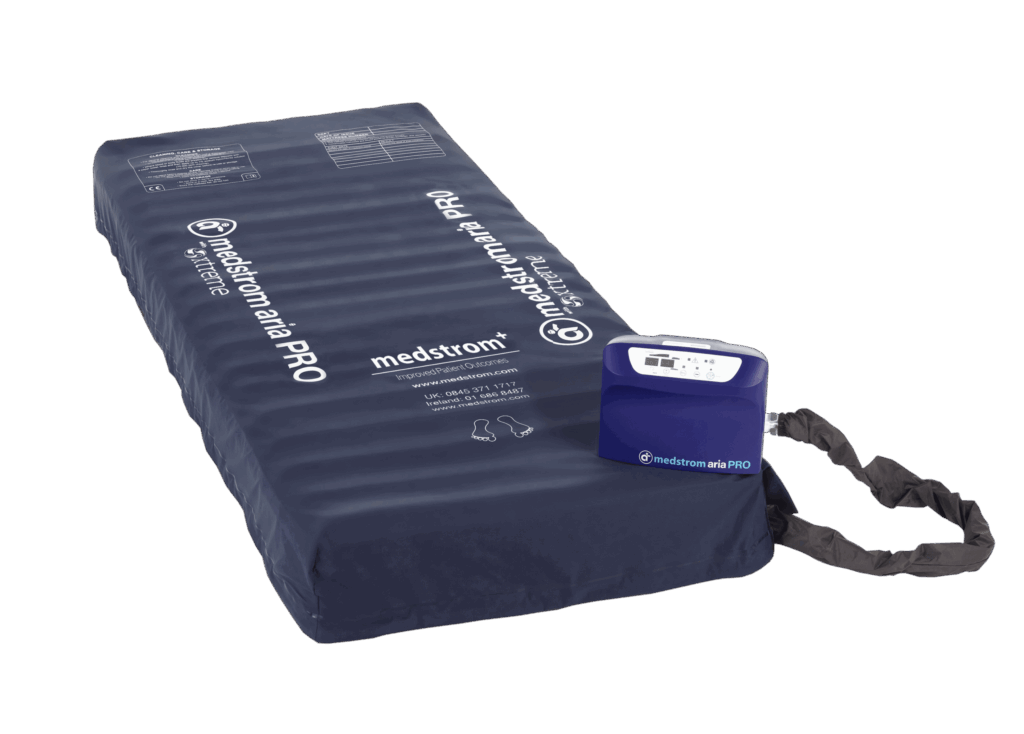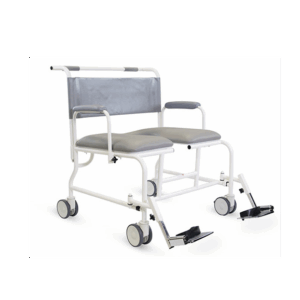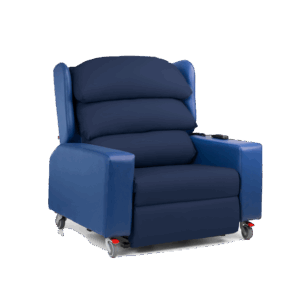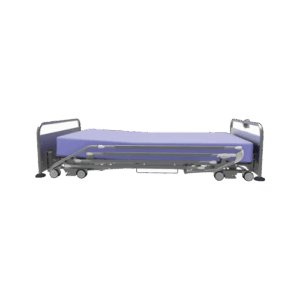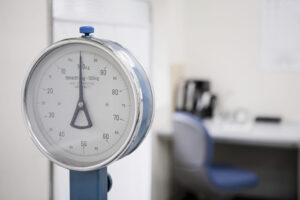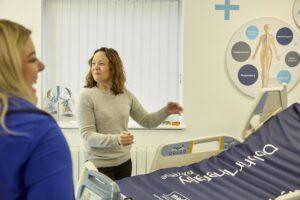
How Do I Move a Plus-Size/Bariatric Patient?
To safely move a plus-size patient, access to the correct equipment is key. The package of equipment required will vary depending on the dependency of the patient and will most likely change over time to reflect changing physical and clinical needs. Some of the key issues and potential solutions are discussed below.
Level of Independence
The categories below classify different levels of patient’s level of independence. Not all patients will exactly fall into each category, but it is a good starting point to assess the equipment which may be needed.
- Mobile: Able to perform all activities of daily living (ADL) and independently mobile (with or without a walking aid)
- Partially mobile: Needs some help with ADL, repositioning and walking (with walking aid)
- Dependent: A lot of help needed with ADL. Can weight bear but needs help to transfer
- Highly dependent: Bedbound and dependent on caregivers to carry out all ADL, repositioning and transferring
- Critical care: All care needed. Sedated and/or ventilated
Equipment
Before using any equipment on plus-size patients, it’s extremely important that staff are trained and competent in its use Also, the maximum weight capacity for each piece of equipment must be greater than the patient’s weight. This will help to reduce moving and handling risks and the risk of patient injury.
Beds: Patients who are mobile and may be at risk of falls would benefit from an ultra-low bed which can also be set to a custom height for safe mobilisation. Studies suggest that obesity is associated with a 25 – 31% higher risk of falling in comparison to non-obese counterparts.1 Should an injury occur from a fall, studies suggest there is nearly a two-fold increase in the odds for developing cardiopulmonary complications or infections.2
Bed-bound patients may need in-bed weighing and may benefit from a cardiac chair position, lateral tilt and frequent repositioning using the electric controls.
Mattresses: For a mobile patient, a firm surface for mobilising is important, as is the ability to be able to step the surface up quickly should the skin begin to deteriorate. For a dependant patient a turn-assist feature may be of benefit to not only facilitate off-loading of pressure areas and provide lateral tilt but to also minimise manual handling risk to staff.
Chairs: Sitting out of bed is physically and psychologically beneficial. For mobile patients, a static chair with full arm support is beneficial. The ability to lower the chair arm may also help a patient to slide across to and from their bed. For more dependent patients, a riser recliner or tilt-in-space chair can help with mobilisation using the electric controls. A tilt-in-space chair which goes completely flat can be used for lateral transfers.
Other Equipment: Walking sticks and frames help some patients, and if they can’t walk but can weight bear a turn-assist can be used to transfer them safely. A bariatric commode which doubles up as a shower chair can be a useful means of moving a patient in a bathroom. A hoist may be necessary for some immobile patients for safe transfer.
The Right Equipment at the Right Time
Having the right equipment available at the right time for each patient is key for moving plus-size patients safely and for encouraging mobilisation and independence. For example, plus-size patients who are usually mobile will often become bed-bound on admission to hospital purely because a bariatric bed which goes low enough for them to mobilise safely from is not available.
The consequences of this can be far reaching; not only does the patient lose independence but rehabilitation is delayed, their quality of life is negatively impacted, discharge is delayed, and the patient’s dignity is negatively affected. This in turn will increase costs due to increased length of stay and increased care provision.
Correct equipment provision can play a key role in maintaining a person’s independence, supporting rehabilitation, maintaining patient dignity and mitigating manual handling injury to caregivers. It’s extremely important to be able to step-up and step-down equipment without delay. Selecting appropriate equipment can be time consuming; an easy-to-follow equipment selection guide based on changing clinical needs, helps staff to select and use the right equipment at the right time. The Medstrom Select service has been developed specifically for this.
References
1. Mitchell RJ, Lord SR, Harvey LA, Close JC. Associations between obesity and overweight and fall risk, health status and quality of life in older people. Aust N Z J Public Health. 2014;38(1):13-18. #
2. Chuang JF, Rau CS, Liu HT, et al. Obese patients who fall have less injury severity but a longer hospital stay than normal-weight patients. World J Emerg Surg. 2016;11:3. Published 2016 Jan 4.
